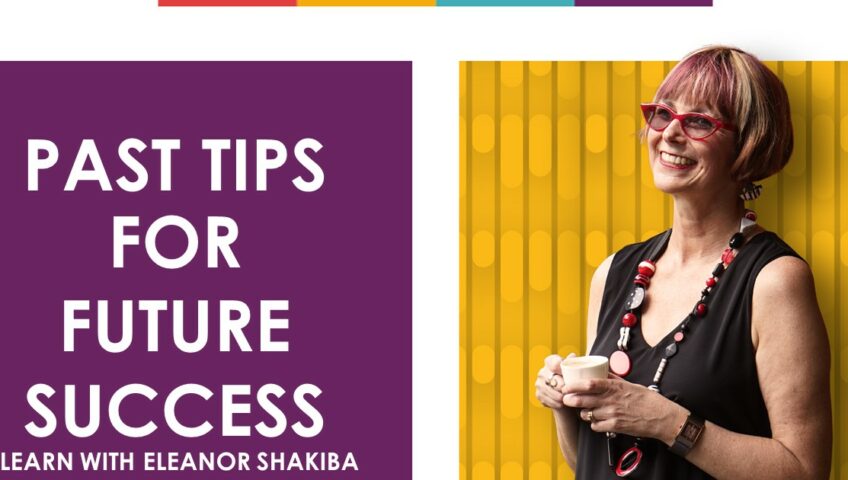Mina can feel her blood pressure rising. The customer on the end of the phone is getting angrier. Mina needs to make things right.
Here’s how we’d help Mina deal with this problem. You can use the same strategies when handling difficult phone calls from your own customers.
Verbalise nonverbals
The nonverbal ways Mina shows she’s listening when face-to face – body language, nodding, eye contact –aren’t much use on the phone. Mina must use her voice as a verbal equivalent of these visual signals. Saying things like ‘OK’, ‘I understand’, or ‘uh-huh’ regularly will tell her customer that she’s listening.
Allow the customer to let off steam
The customer’s already worked up – that’s why he’s calling. Mina should let him get the issue off his chest without interrupting. While she’s listening she can be noting down the key issues. This will come in handy later.
Say ‘sorry’ to trigger a calm state
The word ‘sorry’ can calm an angry person in seconds. If her organisation’s at fault, Mina should say sorry and commit to putting it right. A carefully worded apology may still be in order. For example, Mina could say ‘I’m sorry this situation has caused a problem for you’. She’ll show empathy by identifying with the customer’s feelings while not admitting fault.
Demonstrate understanding
Showing she understands his position will calm Mina’s customer. By summarising what has been said (using her notes) and asking questions, Mina can show her understanding. The customer will feel that he is being listened to.
Follow through to action
Mina may not be able to give the customer what he wants. But she can commit to action. Depending on the situation, she has various options for action. For example, she might be able to meet and discuss the issue face-to-face, refer the customer to a manager or informing him of the complaints process. What’s important is that the customer knows Mina has done something tangible with his complaint.
Book a personal coaching session with Eleanor. Contact us now.
Error: Contact form not found.
